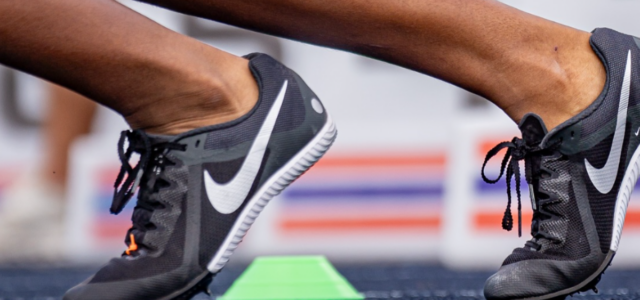
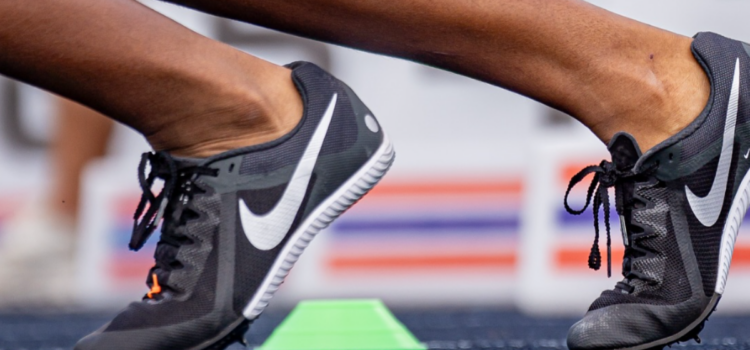
Running Shoe Rotation Rules: Why Athletes Need More Than One Pair
BlogNewsNewsTickerProduct Reviews/Top Ten Lists/Resources/TipsRunningStaffPicks July 26, 2025 Lauren Keating 0

There is nothing better than putting on a new pair of sneakers straight from the box and flying right onto the road or trails. All runners develop a favorite pair of running shoes over time, but training in the same shoes isn’t one of the smartest ideas.
There are a few reasons why athletes need more than one pair. Running a pair of sneakers to the ground—literally—increases the risk of injury, limits performance, and increases the shelf life of a favorite pair.
Here are the top reasons why runners need more than one pair of running shoes.
1. Rotating Shoes Prevents Injury
Rotating running shoes helps to prevent wearing them down too quickly. Worn-out sneakers can then increase the risk of injuries and discomfort, such as shin splints.
Adding in another pair helps to provide the feet (and lower trunk, which then affects the upper body and overall running mechanics) with varying cushioning, support, and heel-to-toe drop depending on the needs of the runner and the course. As a result, different muscle groups are strengthened during runs.
With different features, runners can avoid repetitive strain on the same muscles and joints. So switch it up to include models like neutral trainers, stability shoes, spikes, trail running shoes, and minimalist options.
Studies have shown that runners who rotate their shoes have a significantly lower risk of running-related injuries compared to those who stick with just one pair.
2. Running Shoe Rotation Extends Shelf Life
Rotating shoes can extend the lifespan of a runner’s favorite pair and all pairs in your closet.
In short, switching it up reduces the mileage put on that specific sneaker over time. This means more value for the money, reducing the need to go out and buy a new pair. Instead of running 100 miles on one pair, divide the mileage up among two or three pairs to keep them durable for longer. This should include the best running shoe you have that is for daily training, a pair for long runs, and a pair for track or speed workouts.
3. Enhances Performance While Serving A Specific Purpose
Rotate your running shoe based on the needs of that workout. A long run may require a trainer with more cushion. Sprints call for a lightweight, breathable, responsive pair.
Think about terrain. Track spikes are only used for the track. Trail running shoes have increased durability and stability, and enough traction to handle the dirt, mud, rain, and rugged paths.
Having more than one pair of running shoes in rotation means you can select a sneaker that aligns with your training goals.
4. Helps Adapt To Weather Demands
The weather can put a damper on running plans. But it never deters athletes from getting a workout done. The change in weather is a great reason to have a few pairs of running shoes in rotation. Those breathable sneakers aren’t the best for a rainy run, whereas more traction is needed when hitting the trails after wet weather.
For those hot summer runs, reach for breathable, lightweight shoes. Snow and ice? Take out that pair of running shoes with winter traction features.
Having the right shoes for the environment not only improves your comfort and performance but also protects your primary trainers from premature wear caused by harsh elements.
5. Helps Make A Well-Rounded Runner
To build strength, variety is key. Running in different shoes helps your muscles adapt and works on biomechanics, so that there is no dependency on any one specific shoe type. Switching up your running sneakers over time will help shape you into a well-rounded runner.
When should you get new running shoes?
A general rule of thumb is to replace your running shoes every 300 to 500 miles. A minimalist shoe may need to be replaced closer to the 300-mile mark, whereas more durable models are built to last upwards of 500 miles. This depends on terrain, running gait, and the weight of a runner.
The best way to keep on top of sneaker mileage is to use a running app and mark the purchase date. Keep a six-month window for a pair before starting to think about purchasing a new pair to replace that specific pair.
Photo by: Undercover Photographer

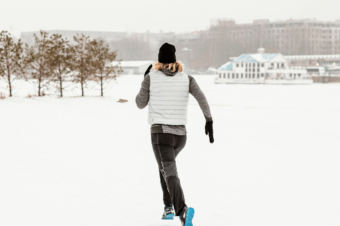
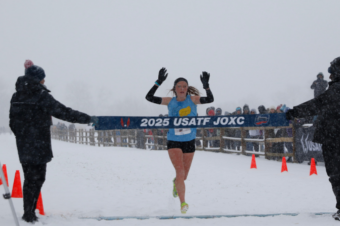

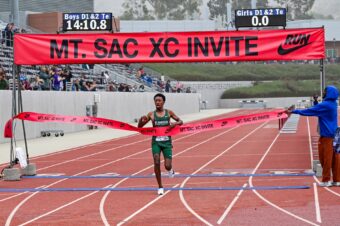

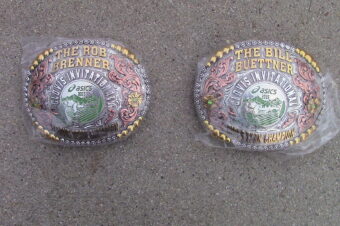
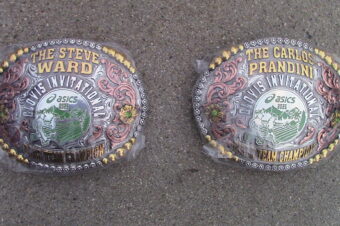

No comments so far.
Be first to leave comment below.